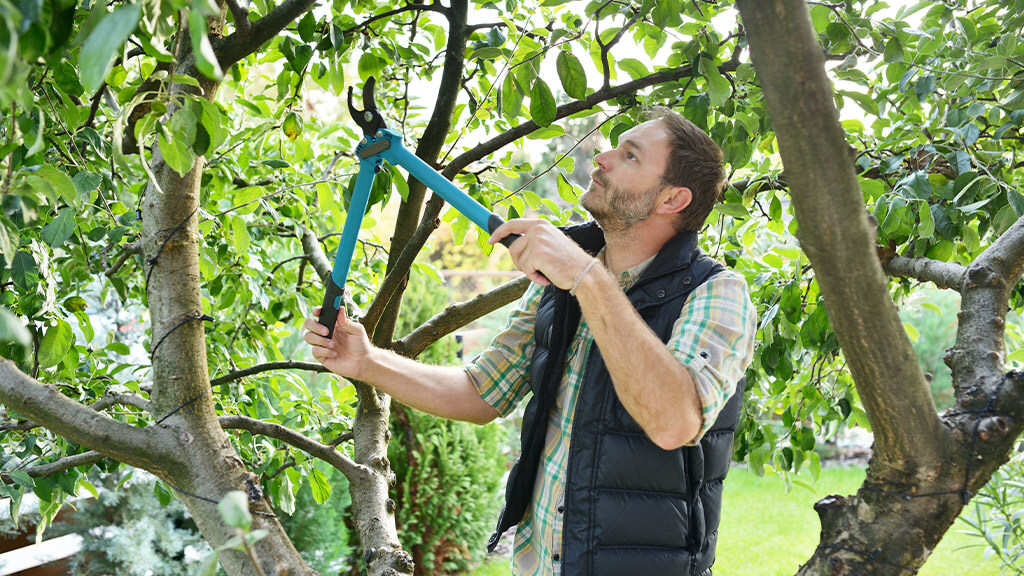Home > Blog > Home > Garden maintenance: what are your rights and duties when it comes to pruning trees and cutting hedges?
Garden maintenance: what are your rights and duties when it comes to pruning trees and cutting hedges?
Spring is back and the fine weather is encouraging us out into our gardens. This is often the time when we notice that trees and bushes are starting to take over, some may have even have dared to venture over the fence into our garden from next door. If these plants annoy you and you are tempted to take hold of your saw or your lopper, make sure you find out first what you are allowed to do and what is not! Listed below are our rights and duties concerning pruning, planting trees and cutting hedges.

Regulations to consider when designing your garden
For two adjoining plots of land, each owner can plant the trees, bushes and shrubs of their choice, more or less where they want, provided that they are not more than two metres high. If they are higher than that, the law states that they should be planted at least two metres from the boundary between the two properties.
You therefore need to consider how your plants will grow and make your choices accordingly. If you can keep your plants under two metres high, for example if you have a hedge planted along the boundary of your property that is okay. Alternatively, if the height will be over two metres high you will need to plant it far enough away, so the plants can grow higher without breaking the law.
With regard to the boundary between the properties, if it’s a wall that is not shared, only the owner of the wall can plant espalier trees against it (keeping them below two metres high).
You can also choose with your neighbour to establish a shared hedge on the boundary between your two properties. In this case, you will both be responsible for its upkeep.
If the distance rules are not complied with
If your neighbour’s plants encroach on your land, you do not automatically have the right to take your chainsaw to cut them all down.
You are permitted to cut roots and twigs “advancing” onto your land. You can also gather fruit from branches that overhang your garden. However, if you want to remove branches, you must ask the owner: you are not allowed to cut them yourself.
A few exceptions
There are at least three instances when you can let trees and shrubs grow more than two metres tall, even when they are quite close to the neighbouring property:
- You have a boundary agreement with your neighbour and can prove it (with an official deed)
- A quasi-easement: this means that the trees were planted at a time when the two plots formed a single property and, therefore, that the boundary was created after the trees were planted
- The ten-year time limit:your trees and shrubs have not complied with the legal distances for more than ten years and, during this time, your neighbour has not brought any legal action to have your trees pulled out or cut down to two metres high.
Particular situations
If your property runs alongside a road, railway or byway, other regulations regarding planting distances apply. Some towns and cities also issue derogations, so you should consult your municipality’s regulations.


